Some Evil Is Good!
series of public interventions: Intrigue Visitor Beta Intrigue E
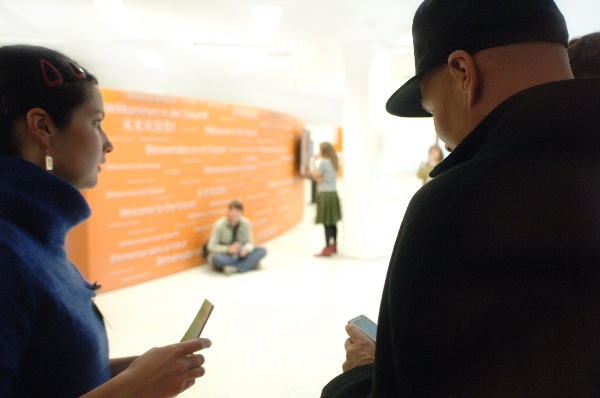
What happens to the social games between people when one person is remotely controlled?
Just ask those who experienced it:
"This is great! But not for this bar! Get out of here! Right now!"
Bartender
"This is dangerous! I'm sorry, but it cannot be in here. Go to the street. That's a great place for you!"
Museum director
"Intrigue E is an interesting project because it is capable of causing unpredictable behavior."
Tiziana Gemin
"You have made my day! I have never had so many hugs!"
Yuka Kawabe

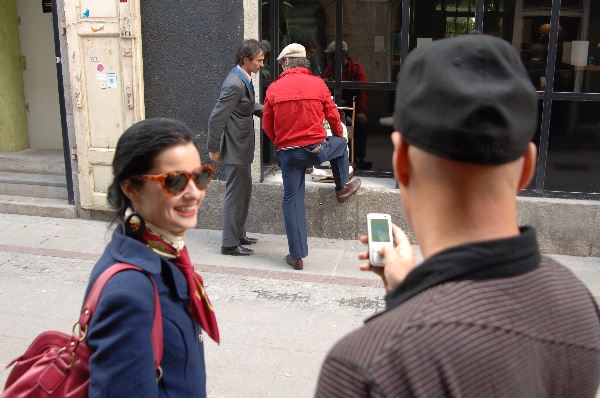

Inspiration:
The project questions the role of simulation in our everyday lives, and tries to reverse the simulation back into reality. Computer games are full of expected banality, and their main content is violence. It's always the same; killing the enemy. The player is in a safe position, while the danger action is simulated. The player can by controlling the avatar* simulate violence, without himself getting hurt. By taking the idea from a computer game one step further, we change the avatar into real people who can represent the player in real life.
Further inspiration resources:
Invisible Theatre by Augusto Boal
The Glass Wall by Dora Garcia
Teleactor by Ken Goldgerg and the team
Girlfriend Experience by Martin Butler
Concept:
Hidden in the crowd, Visitor (the avatar) is attending a big social event. He is like anyone of us, but connected to him via mobile networks you can control his actions and influence the social game at the event. By using a mobile phone with the Visitor application, the player can send different commands to the avatar. When the avatar hears these commands, he has to do them, but still act natural. Connected to him via mobile networks, people can remain incognito and safe, while he experiences the true pain of life.
Technical description:
J2ME client software is running on the player's mobile phone. This allows him to send basic commands through an Internet server to the avatar's mobile phone, which is kept hidden. The avatar client software understands the commands and translates them to audio messages. They are played discretely via headset to the avatar's ear. Each player has limited time to enjoy the game.

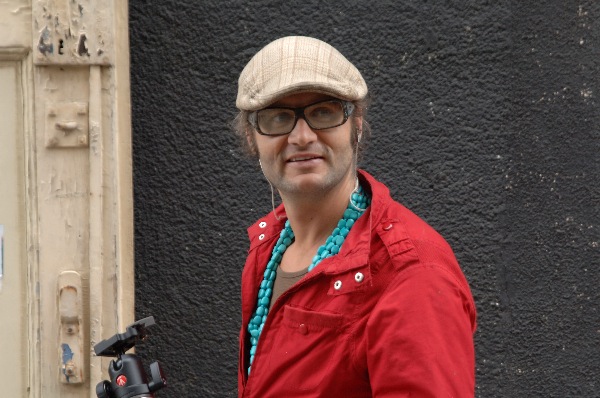
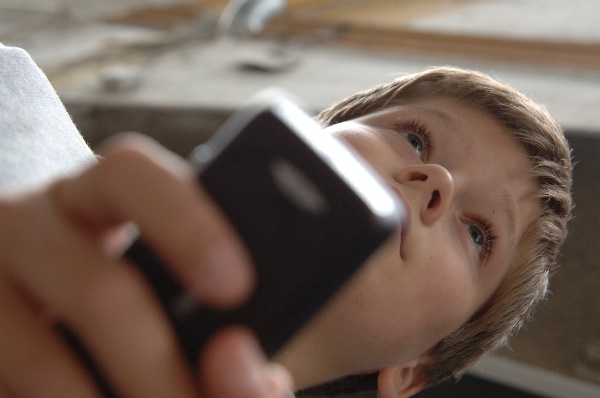
Reflection:
Taking the avatar from computer game and bringing him back to real world was kind of a revolt towards this increasing phenomenon of simulation in our everyday life. We just reversed the principle of computer game. We turned the simulation back to reality, we exposed the avatar to real pain of life. What happened with social games then? How did people relate to the live avatar?
Surprisingly, people played carefully with such a live avatar. They developed an emotional engagement and responsibility for him. The mathematical logic of simulation world was replaced by social logic of real world.
We experienced some irregularities in the communication between player and avatar. Sometimes commands were delayed, sometimes, though rarely, were not delivered at all. During the tests, when system was still under development, avatar sometimes received command different to that was sent. We discovered that we were dealing with the communication simulation. Was it failure?
During the public tests we have found an interesting fact: at some moment, the whole crowd around the avatar was affected by his/her action. It happened at least three times: Firstly, when jump command was sent to avatar and she performed it, whole group around her started to jump, synchronized. Secondly, people on the street followed all the avatar's actions. They walked in line after him, kneeled down with him, turned left, right, back, synchronized. Third case was the most impressive one: Avatar was sent to the garden restaurant and asked to laugh repeatedly. People surrounding him started to laugh without any apparent reason. The laugh spread around the whole garden then and people couldn't stop.
They are two interesting points:
1. Few individual persons in the crowd can affect the collective emotions and behavior both, positive and negative way.
2. We can create a code for control of individual and collective emotions and social behavior.
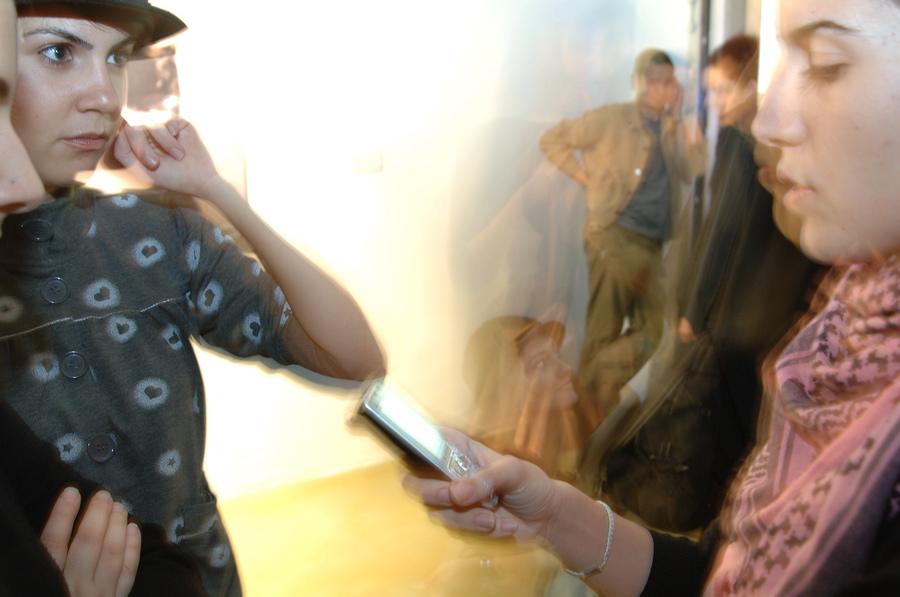
Production team:
Martin Havnør
Hanne Rivrud
Petr Svarovsky
Johan Sæther
Christian Tviberg
Developed in collaboration with Ars Electronica, Vodafone GROUP R&D Germany and Atelier Nord, Oslo, Norway
Exhibited:
Intrigue: Paradoxien des Öffentlichen, Duisburg, 2007
Visitor Beta: Mobile Journey, 52nd Venice Biennale, Venice, 2007
Intrigue E: Ars Electronica, Linz, 2007
Intrigue E: Overtures, Elgiz Museum of Contemporary Art, Istanbul, 2007
Intrigue: Enter 3 Multimediale, Municipal Library, Prague, 2007
Interview with BBC:
Copyright © 2007 Martin Havnor, Hanne Rivrud, Petr Svarovsky, Christian Tviberg. All rights reserved. Photo by Mila Pavan
